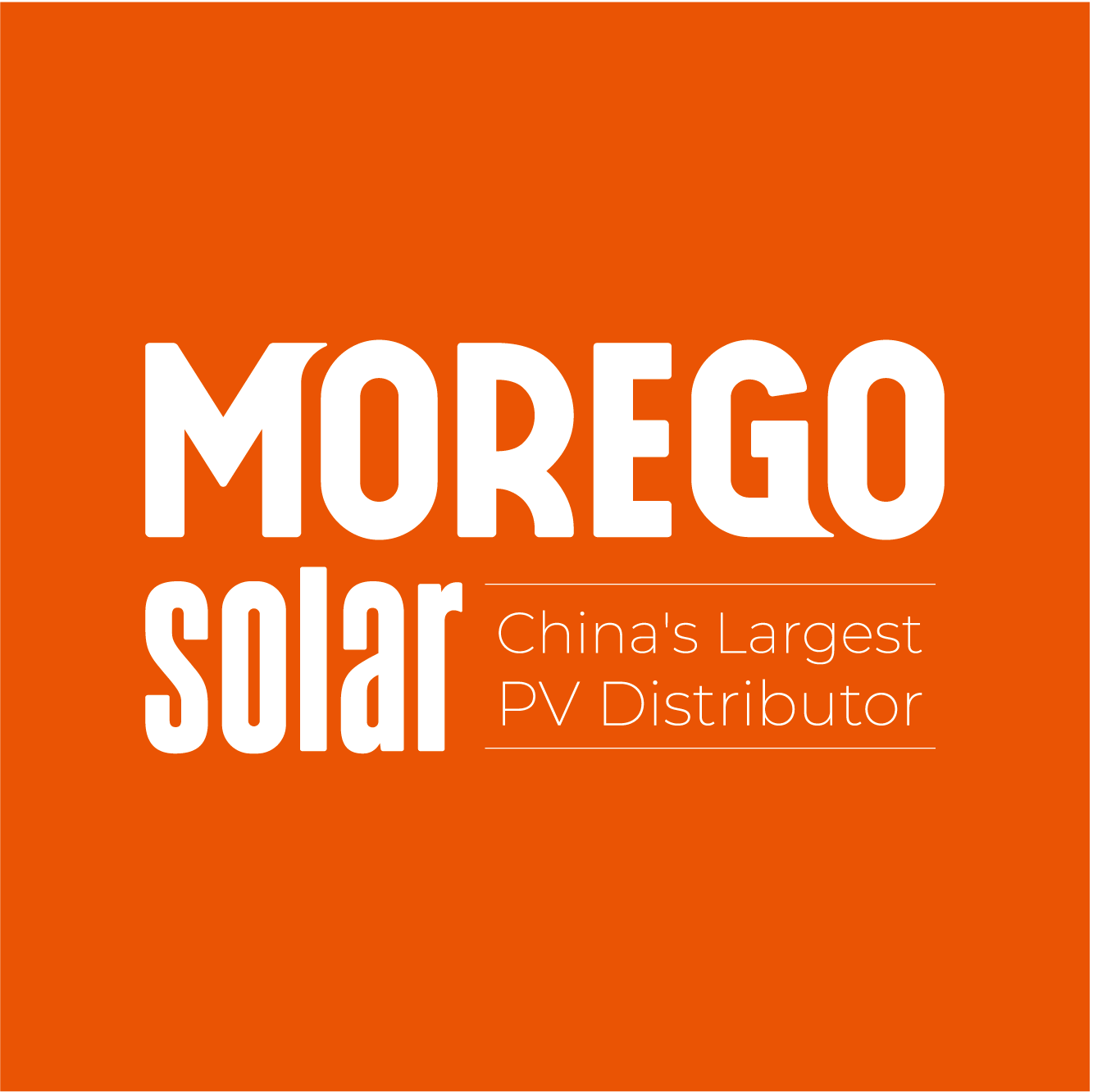In the solar industry, the performance of power plants under low-light conditions significantly impacts annual energy yield.
During early mornings, late evenings, or cloudy days, although sunlight is limited, the energy generated during these periods accumulates and contributes to the overall profitability of a solar power plant.
Taking the popular BC and TOPCon solar modules as examples, their performance under low-light conditions varies due to technological differences. This article delves into their characteristics, power output comparison, and the logic behind the yield calculations under low-light conditions.
Technical Comparison: The Importance of Open-Circuit Voltage
Using 620W solar panels as examples:
BC Module Open Circuit Voltage (Voc): 52.72V
TOPCon Module Open Circuit Voltage (Voc): 49.1V
Open circuit voltage refers to the maximum voltage generated by a solar module without any load. In power plant design, the total voltage from connected modules determines whether the inverter can quickly start operating. Typically, inverters require a start-up voltage of 150~250V, meaning that a higher Voc offers the following advantages:
The power plant can reach the inverter's start-up voltage earlier under low-light conditions.
The modules can convert low-irradiance energy into electricity earlier, enabling earlier power generation.
Comparison and Analysis of Power Output Under Low-Light Conditions
Advantages Under Low-Light Conditions
With a higher Voc, BC modules can start the inverter earlier when sunlight is weak. This early start advantage is particularly pronounced in winter, early mornings, late evenings, or cloudy weather.
Over a year, the cumulative power output of a BC solar module power plant could be 1%~3% higher than that of a TOPCon solar panel power plant.
Logic Behind the Power Gain Calculation
Assumed Scenario: A 100kW Solar Power Station
1. Annual Power Output Assumption
Assuming the plant operates for 1200 hours annually, the total annual power output is:
100kW * 1200hours = 120,000kWh
100kW * 1200hours = 120,000kWh
2. Power Output Under Low-Light Conditions
Based on experience, the power output under low-light conditions (e.g., early mornings, late evenings, or cloudy days) accounts for approximately 5% of the total annual output:
Low-light output=120,000 kWh * 5%=6,000kWh
Low-light output=120,000kWh * 5%=6,000kWh
3. BC Module Gain
Due to the early-start advantage, the power output of BC modules under low-light conditions is 1%~3% higher than TOPCon modules:
Gain = 6,000kWh * 1%=60kWh
Gain = 6,000kWh * 3%=180kWh
4. Additional Revenue Estimation
Assuming an electricity price of $0.1/kWh, the additional revenue is:
60kWh * 0.1 = 6 USD
180kWh * 0.1 = 18 USD
Long-Term Benefits and Implications for Large-Scale Power Plants
Although the short-term gains for a single power plant may seem limited, the impact becomes significant for large-scale plants or long-term operations.
For instance, a 50MW solar power plant could generate an additional $3,000~$9,000 annually due to the low-light advantage of BC modules. This long-term benefit highlights the value of high-efficiency modules in practical applications.
With the above analysis and real-world data, we invite industry professionals and investors to share your perspectives and explore the performance of high-efficiency modules in various applications!

